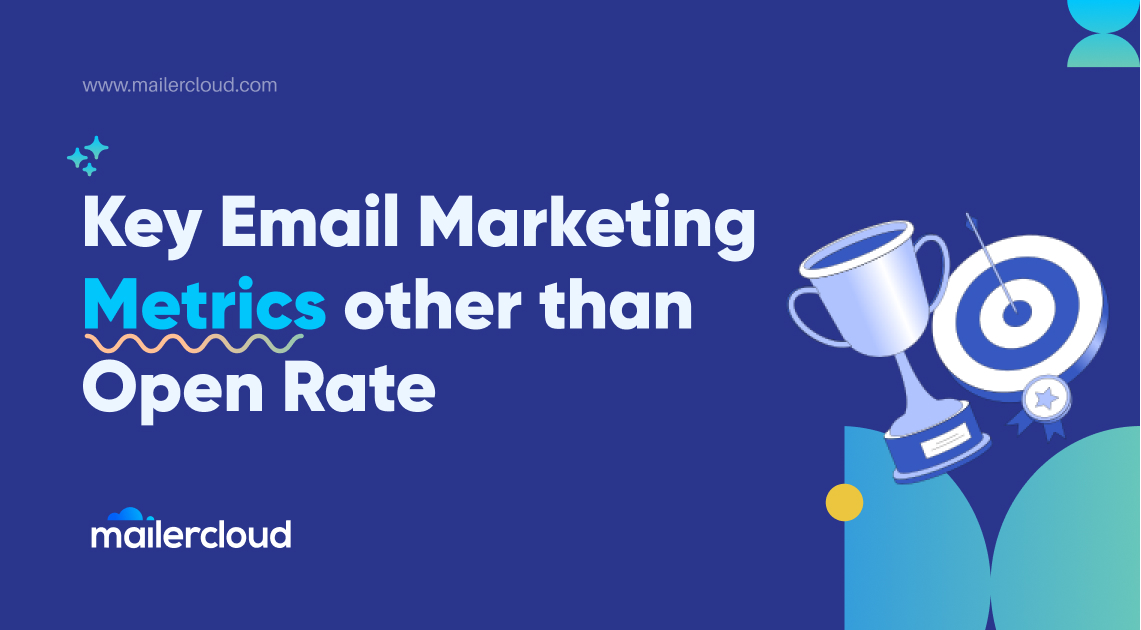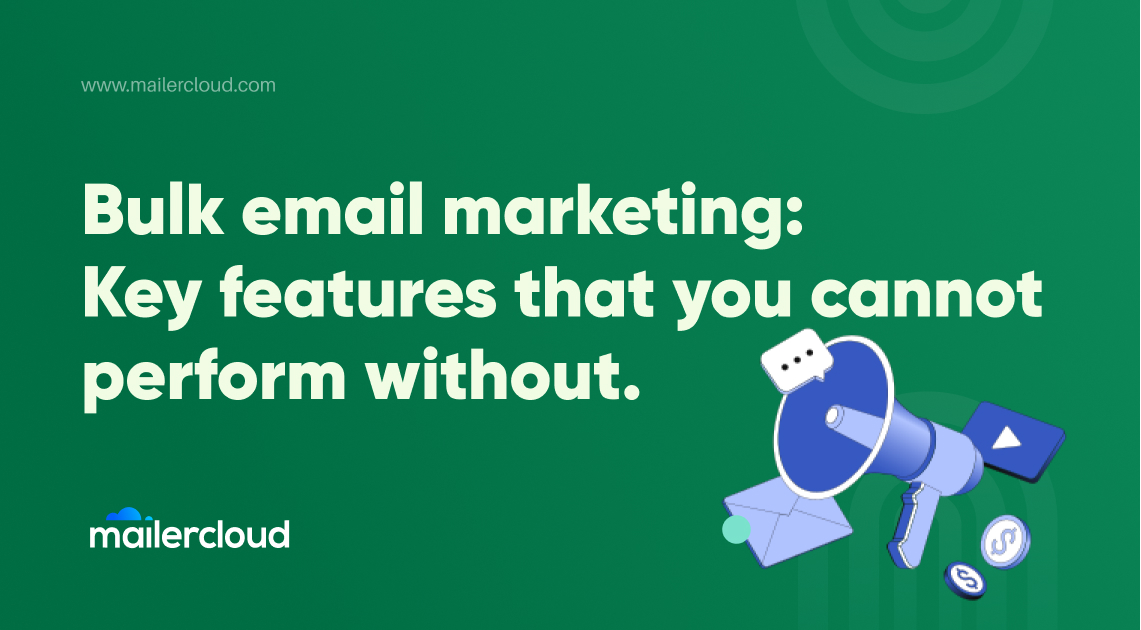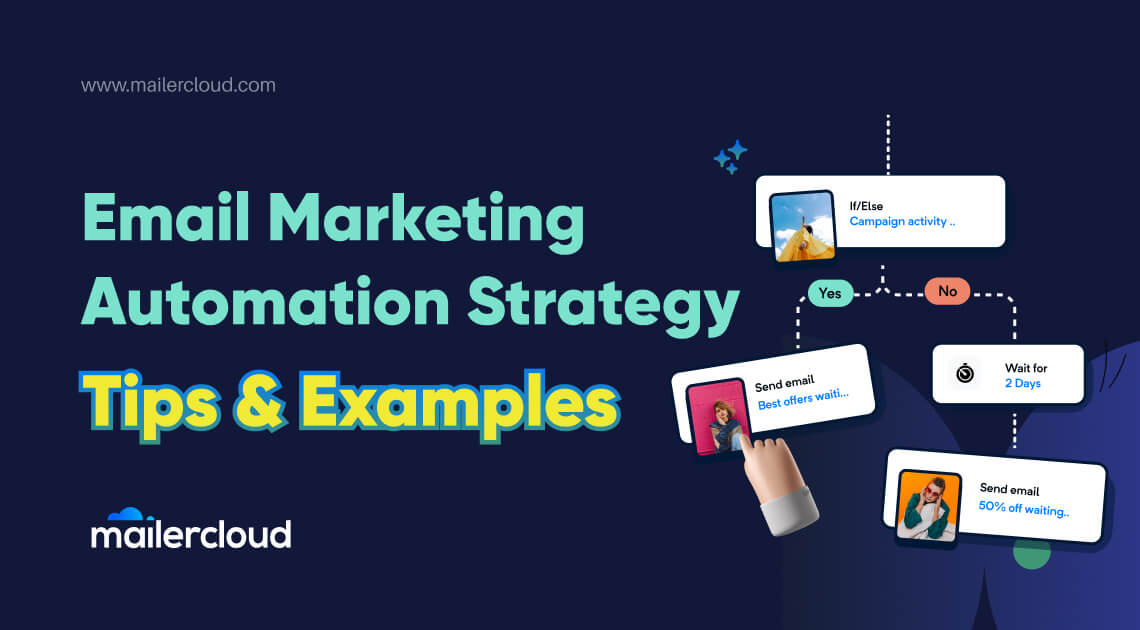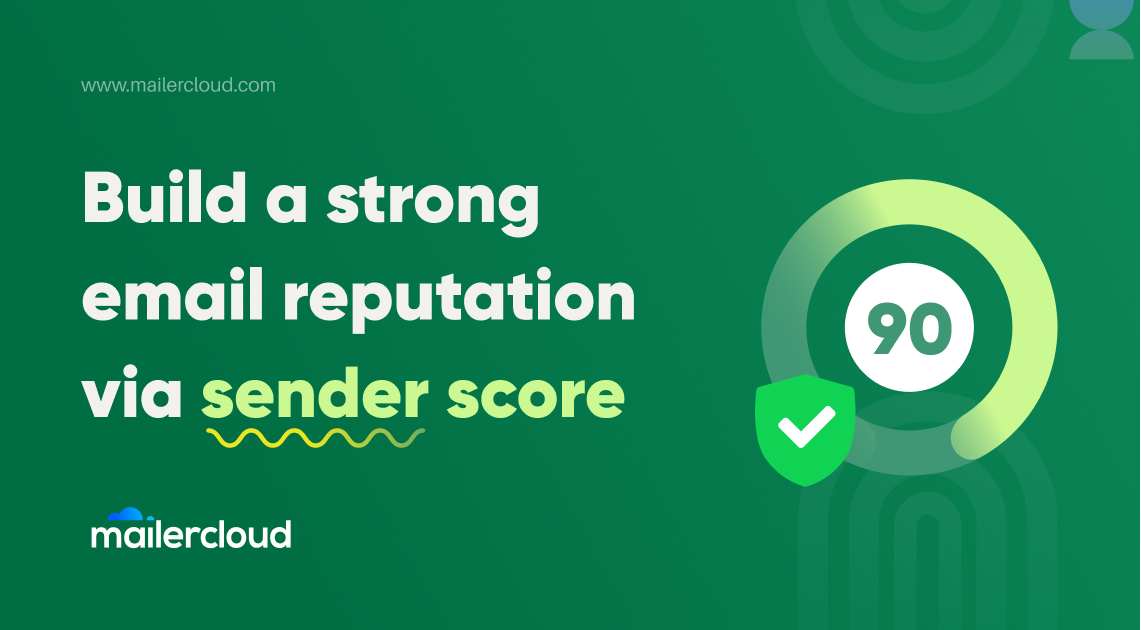Email is a very adaptable marketing channel that, when used properly, can be extremely powerful.
It’s easy to tailor emails as per the customer personas, especially if one knows which metrics to track according to the email marketing objective and how to decipher the right analytics data.
Email marketing metrics are indications that help in the evaluation of the effectiveness of email campaigns. They can be classified into two groups. The first is a set of typical engagement measures, while the second is a set of conversion metrics. One of the parameters that make up the core of email marketing analytic reports is the email open rate. Indeed, the email open rate has long been one of the most fundamental and widely used metrics to assess the effectiveness of email marketing campaigns.
Open rate measures how engaged the subscribers are by tracking the percentage of subscribers who open a certain email. The business niche, mailing list segmentation, sender authority, email subject line relevancy, email delivery timing and frequency control the overall email open rates. However, the email open rate just provides a small portion of the big story. Also, with the introduction of privacy and data protection rules such as Apple’s Mail Privacy Protection, there’s a potential change in the reliability of email open rates. Therefore, it is important to have a keen eye on the other metrics that tell the story about what happens after the emails are opened and read.
Email Marketing Metrics to Optimise For
Email Click-Through Rate
What – The click-through rate is the percentage of email recipients who click on one or more links present in the email.
Why – The click-through rate indicates how many individuals on the contact list are actually engaging and interacting with the email content and want to learn more about the business or its offering. It’s also the first stage toward increasing conversion rates.
The open rate is frequently much greater than the click-through rate. Most campaigns have an average click-through rate of slightly more than 2% (the value may vary between 2-6% depending upon the type of email campaign)
How to optimize –.Email list segmentation, graphics, link positioning, CTA prominence, and content quality impact the email click-through rates. There are some basic strategies to improve this metric. Include links throughout the email inappropriate spots. Add a noticeable, evoking, and optimized call-to-action (CTA) button that urges the email recipients to click on it.
Covertion Rate
What – The conversion rate is the percentage of email recipients that clicked on a link within an email and completed an intended action.
Why – Since, the basic definition of conversion rate is directly related to the CTA, and the CTA should be directly linked to the overall purpose of email marketing, conversion rate becomes one of the most significant metrics to track the campaign effectiveness and to measure the extent to which the goals are accomplished. Conversion rates provide a fresh and different perspective on the return on investment. Knowing the expenditure and how many recipients are actually converting makes it easy to judge whether the money was well spent.
How to optimize – Email responsiveness, personalization, and CTA are the controlling factors behind the conversion rates. The first step in increasing conversion rates is to target the right people with the right message at the right time. Furthermore, the content flow is critical to pique the email recipient’s interest and ultimately convert them.
List Growth Rate
What – The rate at which the email contact list is expanding refers to list growth rate.
Why – The list growth rate may reveal ways to engage subscribers and increase their loyalty. It’s only normal to have some email list attrition. An email marketing list, believe it or not, has a natural decay. Every year, it degrades by roughly 22.5%, making it more crucial than ever to focus on growing and maintaining a healthy email list size.
How to optimise – Work to build a list of contacts who are genuinely interested in your brand or service. This is beneficial in the long run as they will not exit the funnel midway.
Unsubscribe Rate
What – It’s the percentage of email recipients who unsubscribe after receiving and opening a particular email.
Why – While the unsubscribe rate has nothing to do with the end objectives, analysing it on a regular basis can assist to calculate the overall list growth rate.
How to optimise – The unsubscribe rate indicates subscribers leaving the contact list for various reasons, indicating to adjust something about the ongoing email campaigns or to target a different audience. Poor email list segmentation, which results in irrelevant email campaigns, excessive email sending volumes, and the absence of an unsubscribe link in the emails are all factors that influence the unsubscribe rate.
List Churn Rate
What – The email churn rate is the percentage of subscribers who withdraw from an email list within a certain time frame.
Why – The churn rate depicts the changes in an audience group’s interests, preferences, and behaviour over time. Churn rates could also reflect changes in the channels via which a user chooses to receive information from a business. High email frequency and irrelevant content may also be contributing factors to high churn rates.
How to optimise – Using a double opt-in strategy and allowing users to modify their email preferences is an effective way to prevent churn while also maintaining a connection with the subscriber base. Obtaining feedback and sending win-back or re-engagement emails can also aid in lowering churn rates.
Email Spam Complaints
What – Spam complaints are complaints made by email recipients about emails that they do not want to receive.
Why – Both the email campaign and the sender’s reputation suffer as a result of spam complaints. This metric illustrates the likelihood of an email service provider (ESP) blocking a sender. Email spam complaints can cause deliverability problems, which ESPs take extremely seriously. If the number of spam complaints increases significantly, the ESP may decide to take action, including blocking an account.
How to optimize – Practising permission-based email marketing, maintaining email list hygiene, list segmentation, and avoiding any spam-like content in the emails are effective ways to keep spam complaints at bay.
Bounce Rate
What – It refers to the percentage of total emails sent that were not delivered to the intended recipient’s inbox.
Why – Analysing email bounce rates against open rates will help in getting a better understanding of the quality of contacts in the email list. Ideally, the bounce rate should be less than 2%. Emails bounce for two reasons: permanent reasons (hard bounce) and temporary reasons (soft bounce).
A high number of hard bounces possibly entails that the email list consists of fraudulent, old, or erroneous email addresses. Furthermore, an excessive number of hard bounces might make an email sender appear to ESP as a spammer.
How to optimise – Reduce bounce rates in advance by implementing a double opt-in, which requires subscribers to confirm their email address and that they really want to receive emails. This approach combined with a clean email list is a wonderful strategy to assure better email list quality and decrease bounce rates.
Heat maps
What – Heat maps show the regions or links in the emails that gain the recipients’ maximum engagement in terms of clicks.
Why – Heat maps can aid in deciding the placement of crucial links and information in an email. They can also assist with content choices, such as determining which copy in the email was effective in engaging recipients and getting them to click the link. A heat map will help you to modify the portions of the emails that haven’t produced the expected interest and to insert vital content in the most active places.
Overall ROI
What – Overall ROI refers to the total revenue generated divided by the total expenditure.
Why – It explains the overall return on investment of any email marketing campaign. The overall return on investment helps in evaluating how valuable email campaigns are in generating tangible and genuine results.
Takeaway
While email marketing is incredibly powerful, it is still necessary to be vigilant about the effectiveness of email marketing campaigns. When deciding which email metrics to watch and measure, keep in mind that the campaign’s specific goals should govern which metrics to pay attention to. Apart from email open rates, tracking other email marketing metrics will reveal when a campaign is succeeding, when it isn’t, and, in many situations, what can be done to optimise and strengthen it.
































